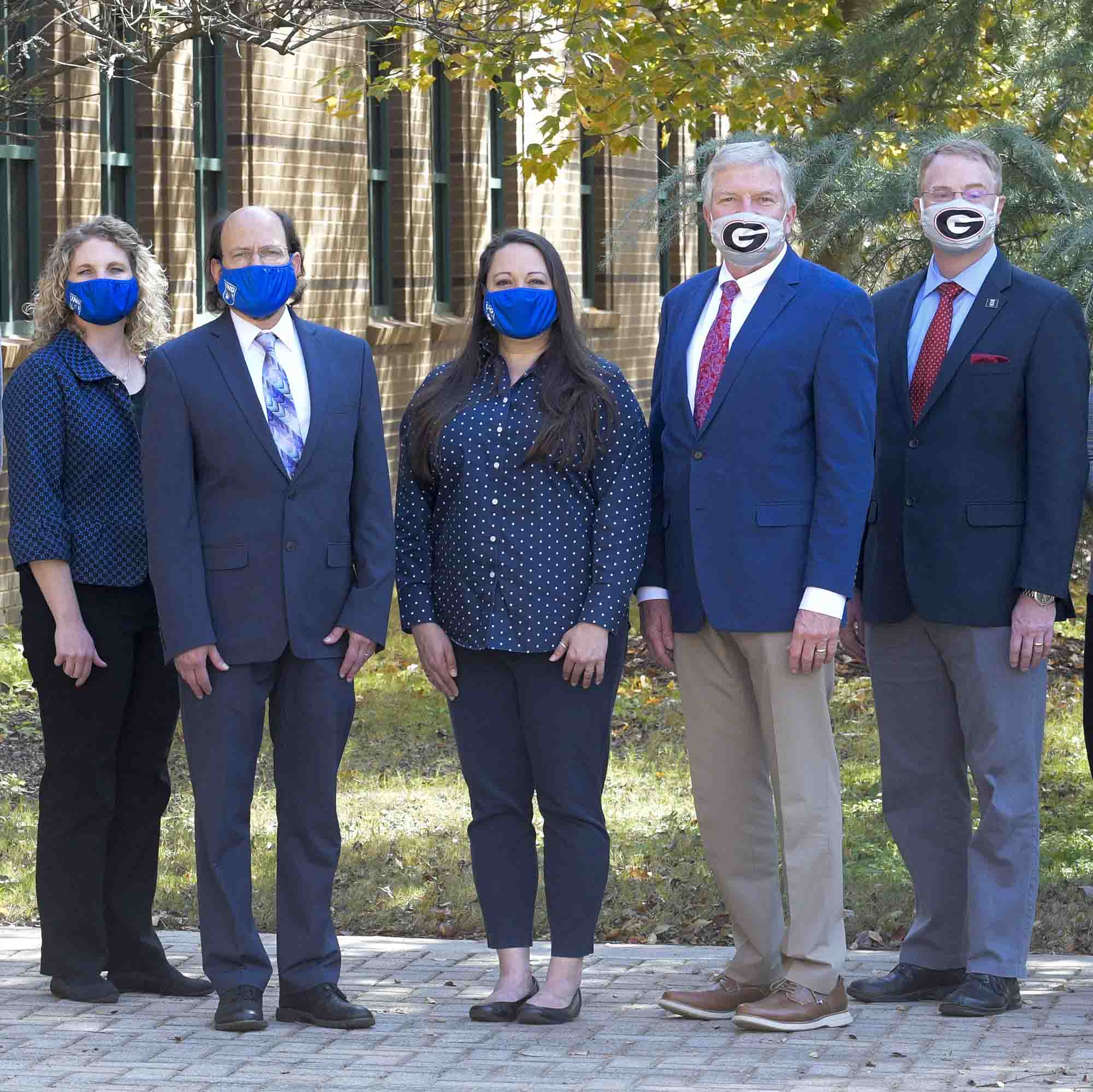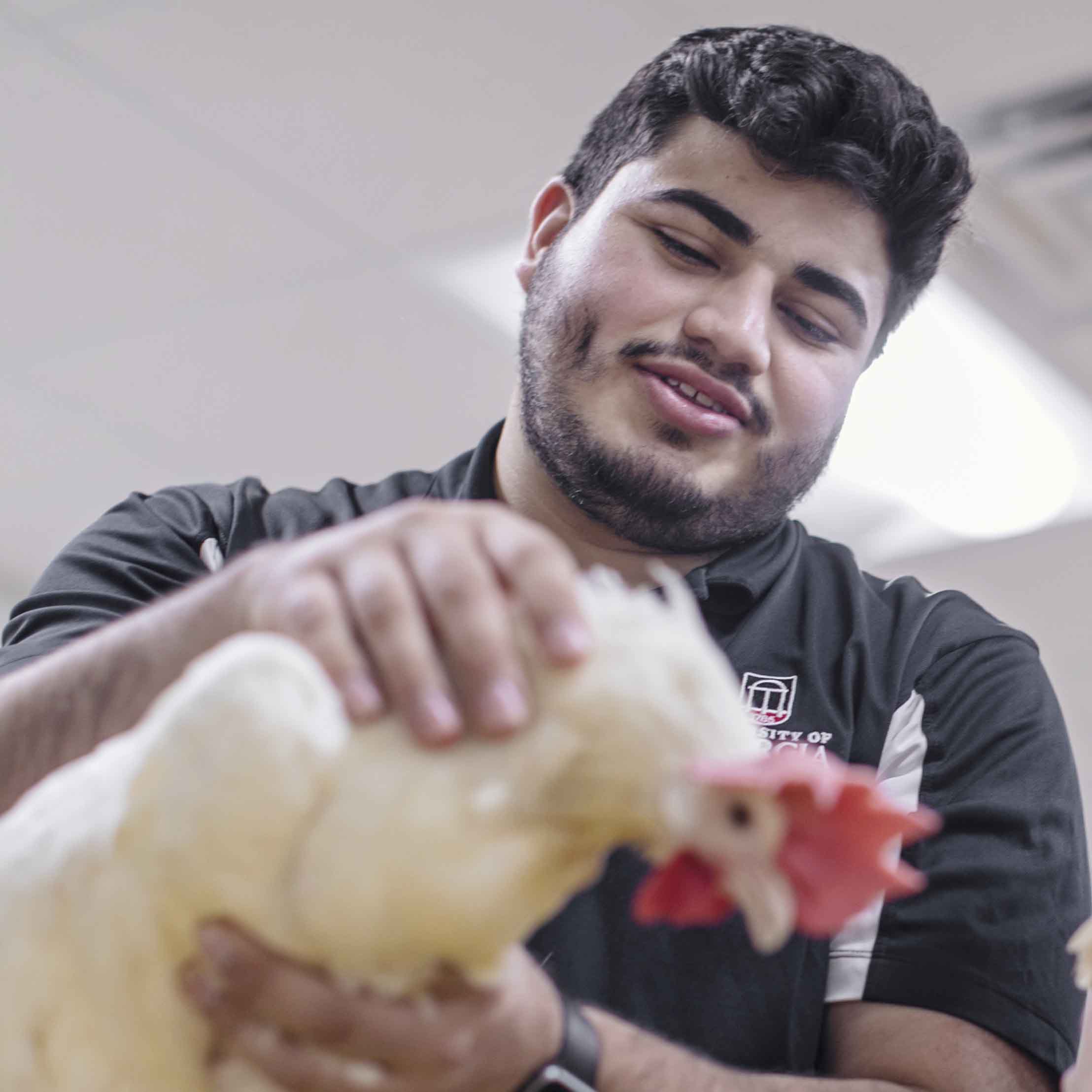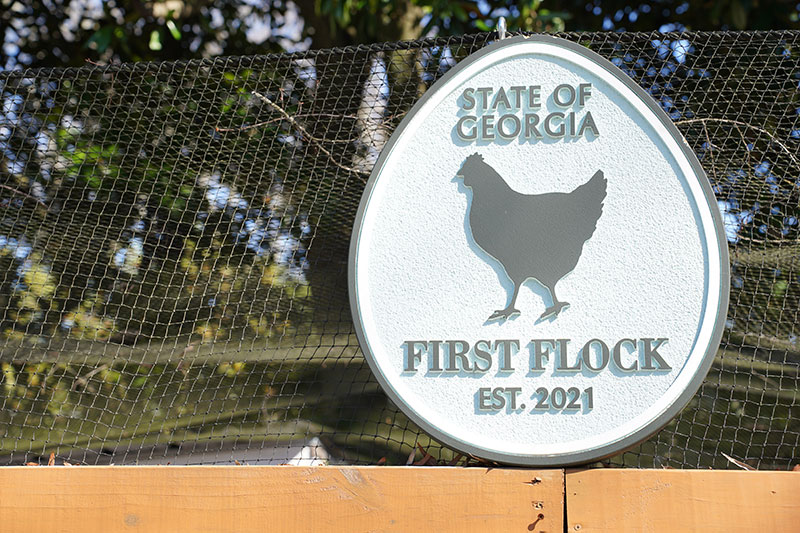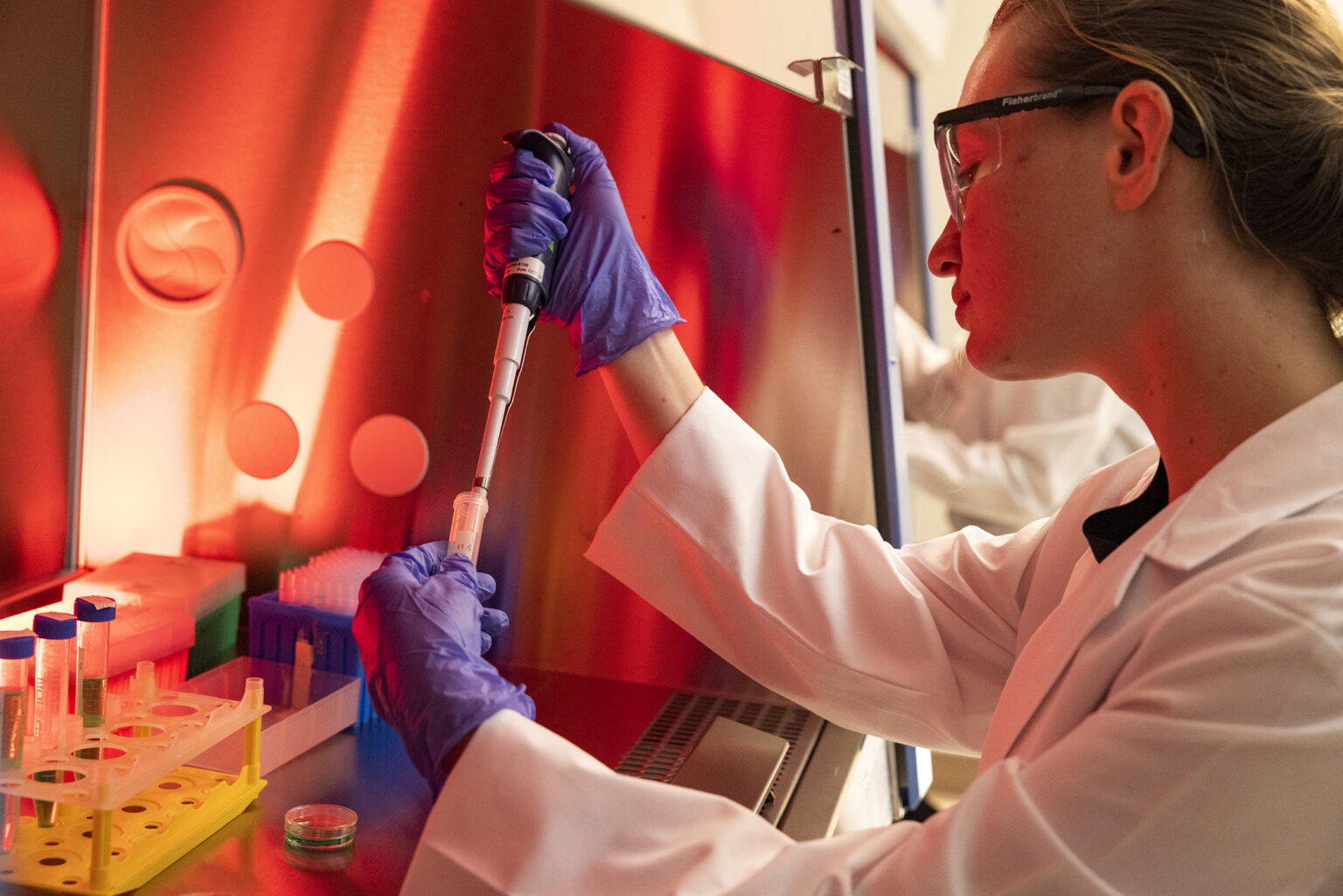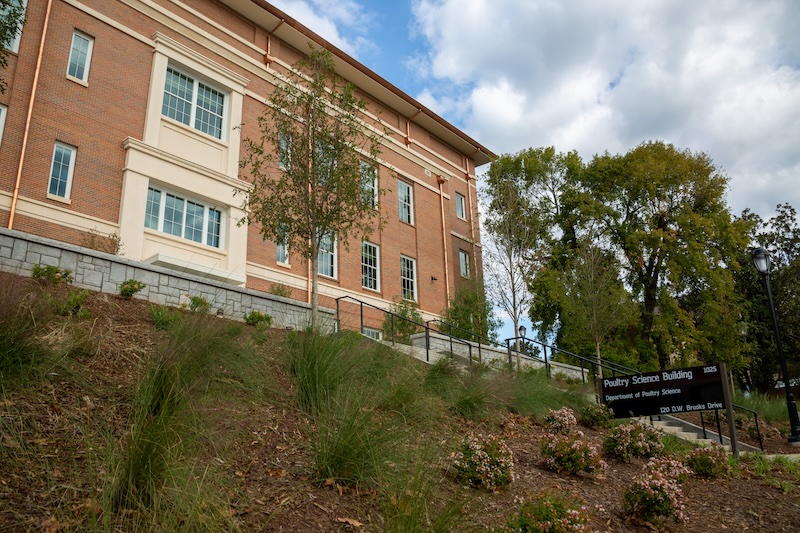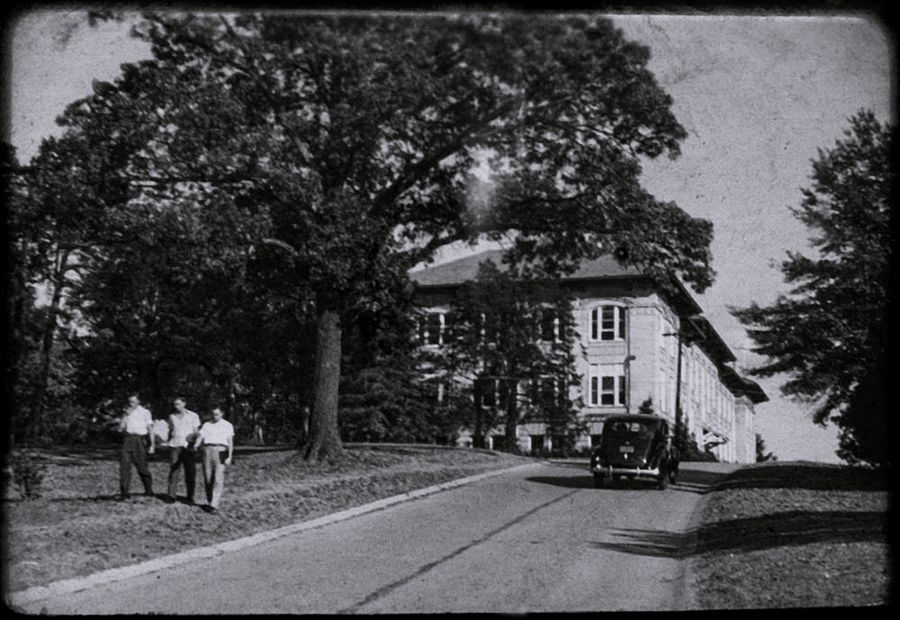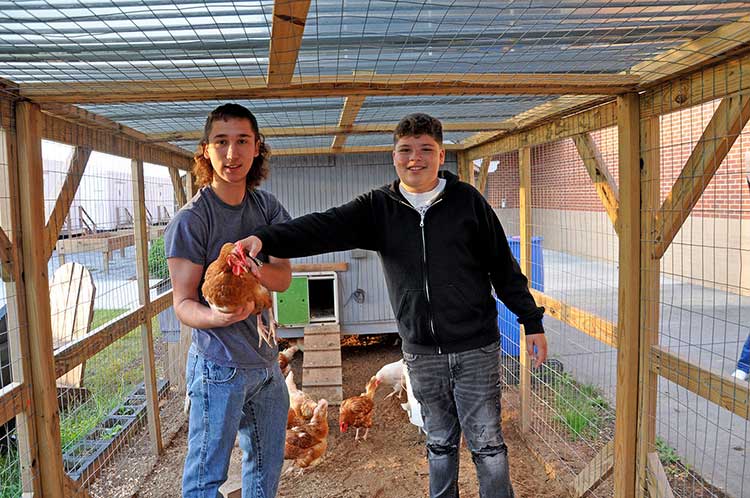Students interested in careers in the poultry industry will now have access to more poultry science-based resources and a new path to pursue an undergraduate degree through a transfer agreement between the University of Georgia and the University of North Georgia.
The opportunities for good-paying jobs in poultry and related industries are plentiful, with graduates receiving between one and five job offers, according to Todd Applegate, head of the UGA Department of Poultry Science in the College of Agricultural and Environmental Sciences.
“We really need young people going into poultry across the entire sector. There’s a breadth of opportunity with integrated poultry companies and also other supporting companies such as finance, feed, equipment supply, pharmaceutical, food safety/quality and more. We try to communicate these options, as well as the available managerial roles and ability to move up in leadership through various companies,” he said.
With the high demand for graduates, the department is looking to improve visibility of the industry and pathways into the industry.
Transfer agreement official
A new transfer agreement with UNG — with its main campus situated in Gainesville, Georgia — builds on an existing partnership between the two universities and gives transfer students assurance that courses will transfer seamlessly.
“They don’t have to waste any time, money or stress that they don’t have to,” said Jessica Fife, outreach coordinator for UGA’s poultry science department.
“Students still have to qualify for admission to UGA as a transfer student, so it doesn’t circumvent that, but it does expedite the pathway. It’s a win-win to get the associate degree at UNG and bachelor’s at UGA,” said Applegate. “What distinguishes our program is the focus on the whole animal — it’s much more tangible to talk through the science of that. Our program touches on so many different disciplines beyond what biology may cover, such as health and disease, preventative medicine, engineering concepts and animal behavior.”
Linda Purvis, lecturer in biology at UNG, has spent almost a decade building the poultry science pathway in the associate of science degree program. She was a transfer student from UNG to UGA, where she earned her bachelor’s degree in poultry science before earning master’s and doctoral degrees from the UGA College of Veterinary Medicine.
“(Purvis is) very energetic and very passionate about poultry,” said Applegate. “She’s a good mentor for those students and helps them think about what career options look like.”
New curricula
In order to reach students before college, UGA’s Department of Poultry Science has also designed a new high school introductory course into poultry science and avian biology as part of the Georgia Agriculture, Food and Natural Resources Pathways. The purpose is to establish an in-depth understanding and appreciation of Georgia’s top agricultural industry among high school students.
Approximately 168,000 Georgian jobs are connected directly or indirectly to the poultry industry, and producers in 101 counties generate more than $1 million worth of poultry at the farm level according to UGA research.
The high school presentations and activities introduce students to terminology and basic knowledge of modern poultry science and the commercial poultry sector, including anatomy and physiology, reproduction, genetics, nutrition, conventional and alternative housing/production methods, poultry varieties, avian health, processing, marketing and more.
“There are so many applications of STEM in the poultry industry, such as machine learning and artificial intelligence. For students looking for real-world applications, I think they need those real-world applications much earlier to think about their careers. As we go into technology applications, this next generation is ready for that,” said Applegate.
Fife developed the curriculum in collaboration with UGA poultry science and agricultural leadership, education and communication faculty and Georgia Agricultural Education Curriculum and Technology Director Christa Steinkamp.
“This will be the first time Georgia will have courses dedicated solely to poultry science in a high school agriculture education course,” said Steinkamp. “Even nationally, stand-alone poultry science courses are rare. A few other states have similar high school poultry science curriculum, but there are only a few national Agriculture, Food and Natural Resources (AFNR) standards relating to poultry. This is an interesting fact, considering the role the poultry industry plays in the overall agriculture industry in Georgia and globally.”
Another set of lessons and activities developed by the department is geared toward elementary-aged students in partnership with Georgia Farm Bureau to use in elementary classrooms. They will be distributed to all of Farm Bureau’s 10 districts through the organization’s Ag in the Classroom and new Mobile Ag Classroom.
The UGA Department of Poultry Science’s recruitment efforts are supported by a gift from the U.S. Poultry & Egg Harold E. Ford Foundation. To learn more, visit poultry.caes.uga.edu.

